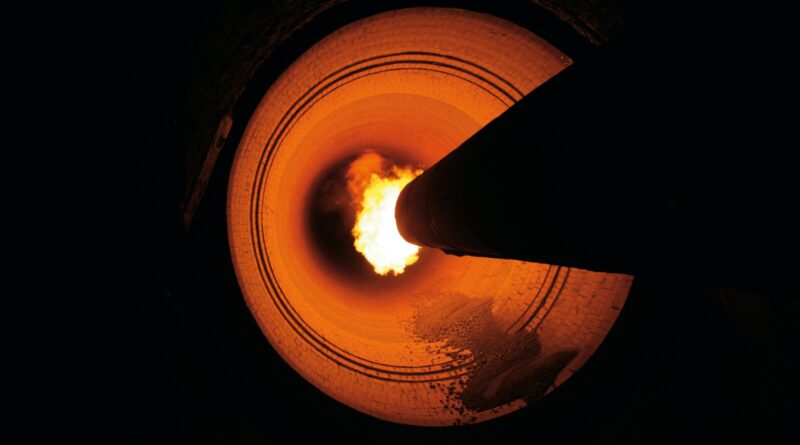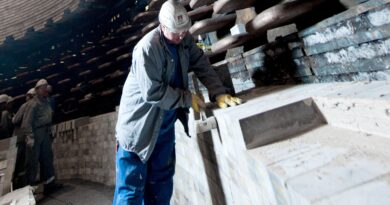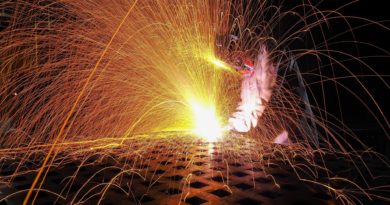World’s trade and demand for dead burned and fused magnesia
World nameplate capacity for magnesia is estimated at 26.1m tpa in 2020. China, with an estimated capacity of 18.6m tpa, accounts for 71% of the global total, with Russia, Turkey and Brazil together accounting for 11%. Trends in overall magnesia production closely reflect those in Chinese output.
Dead burned magnesia trade represents around 20% of total DBM global capacity because of the high level of integration in the industry, and also the lower level of capacity utilisation in China.
Unlike other forms of magnesia, fused magnesia exports decreased by around 30% in 2019 overall and again in 2020. Chinese exports of FM rose by 2.5% to 375kt in 2020, due to higher shipments to South Korea (+11%), Russia (+9%) and the Netherlands (+24%).
There has been growth in Chinese DBM exports driven by Asian refractory demand and this will continue. Global refractory demand is forecast to grow at 0.7% between 2021 and 2030. Refractory magnesia demand is forecast to increase by a CAGR of 1.2% to 2030.
Reduction of CO2 emissions is now a primary objective for all magnesia (and end product) producers.
Some 50% wt of magnesite ore is released as CO2 when raw magnesite (MgCO3) is processed into magnesium oxide (MgO). Thus there is a need to capture and utilise these carbon emissions, and to that end the major magnesia refractories manufacturers are focusing on three pillars through to 2025:
- Initiatives to reduce CO2 emissions in existing facilities -15% until 2025
- New technologies on CO2 – focus on capturing and usage
- New Business Models to generate value with our customers




